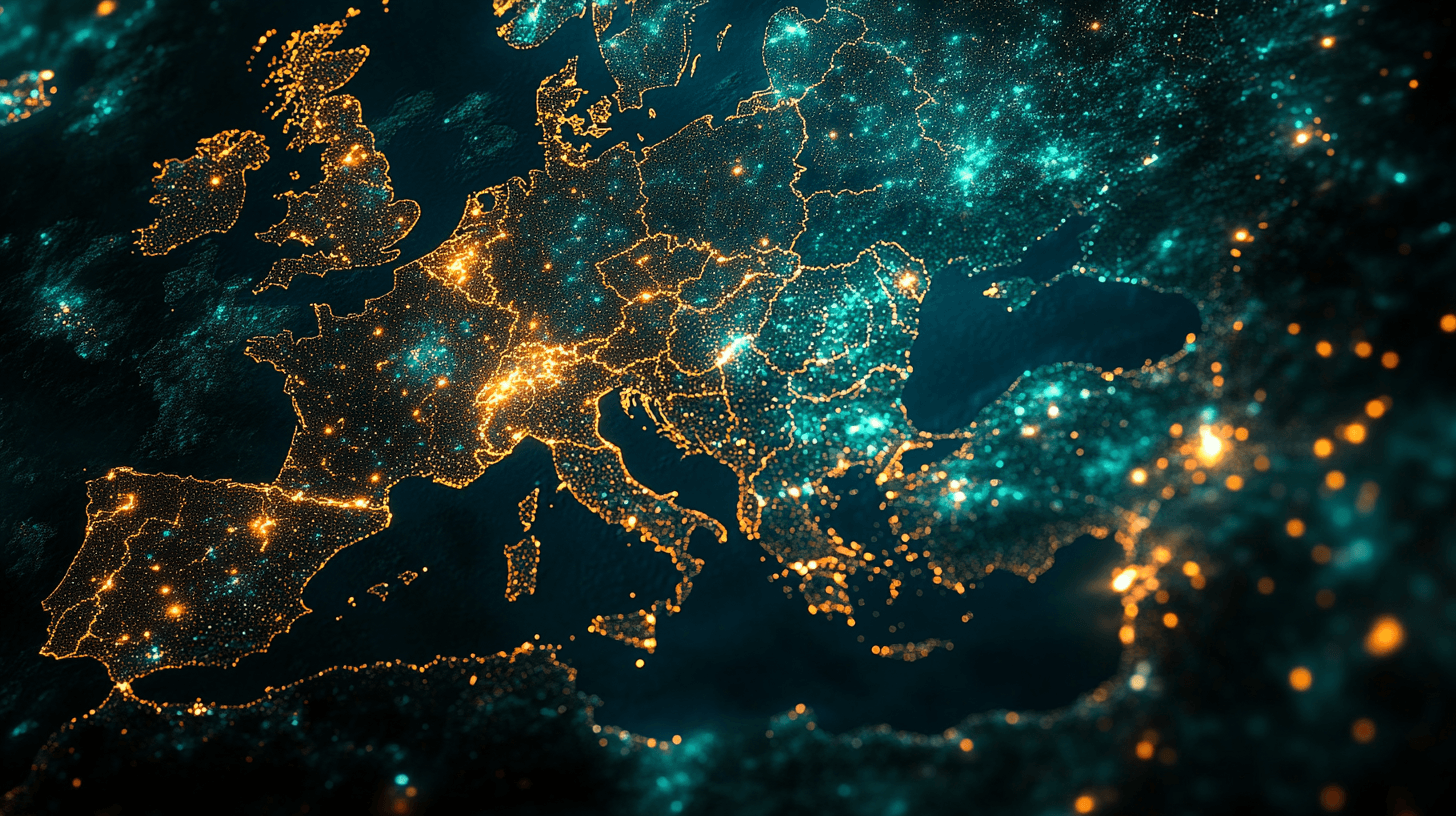The Dutch energy transition: new goals, new obstacles to overcome
How should the Netherlands accelerate its green transition? A report from the IEA presented several actions to be taken.
Published on January 22, 2025
.png&w=2048&q=75)
Mauro swapped Sardinia for Eindhoven and has been an IO+ editor for 3 years. As a GREEN+ expert, he covers the energy transition with data-driven stories.
The Netherlands is at a turning point: to reach climate targets, the whole energy system needs to be reconsidered. How do we get there? The International Energy Agency (IEA) has put forward some recommendations to foster the Dutch green transition.
The IEA is an intergovernmental organization joined by 32 industrialized countries. It provides its members with assessments and recommendations regarding energy security, economic development, and clean power.
As such, the agency analyzed the current status of the Dutch energy system in its Energy Policy Review and provided ten policy recommendations. The energy transition in the Netherlands has accelerated rapidly in recent years. The IEA stresses that building on existing policies, such as the 2019 National Climate Agreement, is crucial to achieving climate goals.

Behind the Figures
In Behind the Figures, we take a deep dive into numbers. Using charts and graphs, we break down figures and provide context to help you make more sense of them.
The Dutch energy transition so far
The report highlights that the power sector has halved its emissions since 2018. However, it also examines the country's ongoing dependency on fossil fuels." In 2023, 83.1% of the total energy supply—all the energy needed to supply the country–came from coal, oil, and natural gas. Oil represented 41% of this energy mix.
At the same time, as the graphs above also show, the share of energy supplied by renewables is picking up. Notably, the IEA praises the climate targets set by the 2019 Climate Act and reinforced by the 2023 Climate Package, which put forward €28 billion until 2030. Considering the current policy measures, the country is on track to reduce greenhouse gas (GHG) emissions by 44-52% by 2030 compared to 1990. Such a reduction is not enough to meet the 55% reduction target for 2030, with the organization calling on further measures to reach this target.
In pushing the transition, the IEA underlines the importance of the Sustainable Energy Transition Incentive Scheme (SDE+ and SDE++), which provides subsidies to encourage the development of renewable energy projects and CO₂ reduction technologies. Although budget and allocation have varied over time, until 2021, solar and wind energy projects received more money, while now more priority has been given to hydrogen. The measure has been instrumental. Between 2016 and 2023, over €72,5 billion was invested in different emissions reduction technologies.
Overcoming grid congestion
Grid congestion in the electricity system is the major bottleneck slowing the Dutch energy transition. As things stand, the electricity grid can’t accommodate distributed renewable electricity from wind and solar power. Due to these issues, over 15,000 companies are waiting for an electricity grid connection.
The IEA suggests implementing both short and long-term strategies to address grid congestion. Short-term solutions include optimizing current grid operations, while long-term plans involve expanding infrastructure to accommodate increasing renewable energy inputs.
According to the organization, there are two ways to improve the situation. One is to accelerate grid expansion by improving permitting procedures and reducing complexities. The other is to increase capacity in the existing grid through reconstructing, voltage uprating, and advanced network operations practices.
In addition to these measures, the report underscores the role of batteries in balancing the electricity grid. Batteries can provide balancing services to the grid when located and operated correctly. To this extent, the 70 GW of battery systems on the waiting list for grid connection holds the potential to offer flexibility.
Hydrogen: the state-of-the-art
The IEA sees the Netherlands as a well-positioned hydrogen hub for Europe. Refineries and fertilizer companies are already large consumers of hydrogen–although produced using fossil fuels—meaning that these large quantities must be replaced by low-emission hydrogen. Furthermore, opportunities lie in the export of low-emission hydrogen to neighboring countries, particularly Germany, which envisions 50 to 70% of the hydrogen needed by 2030.
While all plans for hydrogen production from electrolysis could cover the domestic demand, the hydrogen market is still not developing fast enough. The IEA underlines how only a minimal part of the 93 projects—15 are operational, and 11 have reached the final investment decision stage— are going through. According to the agency, industry quotas and demand subsidies could solve the current uncertainty.
Need for further action
Much needs to happen to keep fueling the Dutch energy transition. The key areas to address are investing in further renewable energy generation, tackling electricity grid congestion, and managing the phase-out of natural gas.
At the same time, further policy tools will build on what has already been done, implementing a strategy to stay on track to meet the national climate targets. The IEA calls for broader coordination across the government and the sectors to link ambitions with reality. Achieving these targets will require collective effort and commitment from all stakeholders.
